jpl
Latest
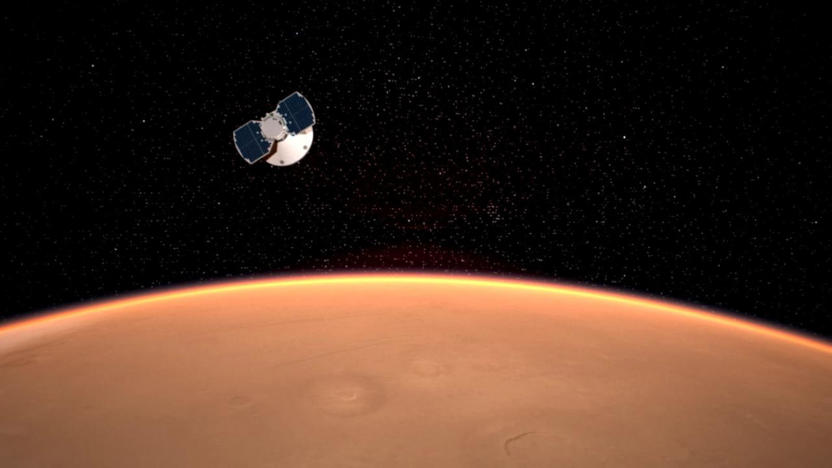
Watch NASA's InSight land on Mars tomorrow starting at 2PM ET
After a months-long journey, NASA's InSight lander is poised to touch down on Mars -- and you'd better believe NASA is offering plenty of ways to tune in. It's delivering live coverage of the landing on November 26th starting at 2PM Eastern (the actual landing starts at roughly 2:40PM) across virtually all its video channels. Suffice it to say you have many more options than when Curiosity reached Martian soil in 2012. In addition to the standard avenues, you can watch a commentary-free JPL feed, a Twitch stream and even 360-degree video on avenues like YouTube (same link as the JPL feed) and Facebook.
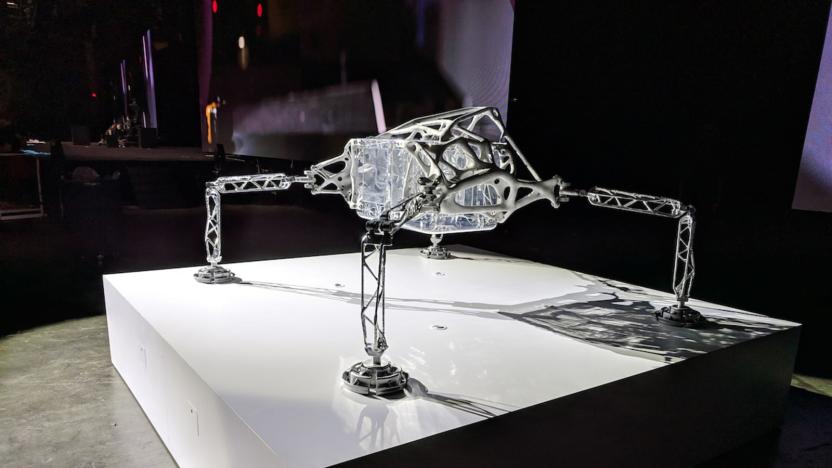
NASA and Autodesk are testing new ways to design interplanetary landers
Autodesk, the software company behind AutoCAD, has teamed up with NASA's Jet Propulsion Laboratory (JPL) to look at news ways to create an interplanetary lander that could potentially touch down on the moons of Saturn or Jupiter. When Mark Davis, the senior director of industry research at Autodesk, first approached JPL about the collaboration, NASA wasn't too interested. But when Autodesk showed that it was possible to achieve a 30 percent or more performance improvement by way of new designs and materials, Davis' team had JPL's attention.

Mars Opportunity rover will have 45 days to phone home
As a planet-wide dust storm enveloped Mars, many were concerned about the fate of the Opportunity rover. After all, Opportunity is dependent on solar panels; the opacity of the dust storm meant that she wasn't getting enough light to stay powered. The team at NASA's Jet Propulsion Laboratory last heard from Opportunity on June 10th. Now, the storm is lifting, and once its opacity reaches a tau level of 1.5, the little rover will have 45 days to respond to the team's signals. Otherwise, NASA will stop actively listening for the rover.

Opportunity rover stops responding during Mars dust storm
Things have gone from bad to worse for the Opportunity rover now that it's caught up in a massive Mars dust storm. In an update, NASA revealed that Opportunity didn't respond to a contact attempt. The team now assumes the robotic explorer's batteries have reached a critically low level, and that it's currently in a low power fault mode that shuts off everything but the mission clock. Outside of waking up to check power levels, the rover will stay in this mode unless its solar panels can restore enough energy.

Mars Opportunity rover is in danger of dying from a dust storm
The Mars Opportunity rover is caught in a dust storm, and the craft is hunkered down doing its best to survive the intensifying weather. The storm was first detected on Friday June 1st by the Mars Reconnaissance Orbiter, at which point the rover's team was notified because of the weather event's proximity to Opportunity. The rover uses solar panels, so a dust storm could have an extremely negative impact on Opportunity's power levels and its batteries.

NASA will create coldest place in the universe to study quantum physics
It's hard to study quantum behavior on Earth. You can amplify the effects of quantum mechanics by zapping groups of specific atoms (Bose-Einstein condensates) with lasers that drop their temperature to near absolute zero, but that only works for fractions of a second before gravity invariably takes over. NASA's solution? Create the coldest known place in the universe. The agency just launched the Cold Atom Lab, a box that takes advantage of microgravity aboard the International Space Station to keep condensates in that ideal state for much longer.

Curiosity's sweeping Mars panorama shows how far it's come
After over five years on Mars, the Curiosity rover has done a lot of science and taken a few knocks. While trekking up Mount Sharp recently, however, it paused at Vera Rubin Ridge during a rare period of clear weather. There, it used its mast camera to snap 16 images that NASA assembled into a magnificent, ultra-wide-screen panorama (and video, below) that shows its entire trip to date.

NASA hopes to send a probe to Alpha Centauri in 2069
If you thought NASA was playing the long game with its plan to put people on Mars in the 2030s, you haven't seen anything yet. New Scientist has learned that a team at the administration's Jet Propulsion Laboratory has started planning a mission that would send a spacecraft to the Alpha Centauri system in... 2069. Yes, that's 52 years away, and timed around the 100th anniversary of Apollo 11's trip to the Moon. The probe would look for signs of life around the potentially habitable exoplanet Proxima b, giving humanity a much better look than it could get with observation from home.
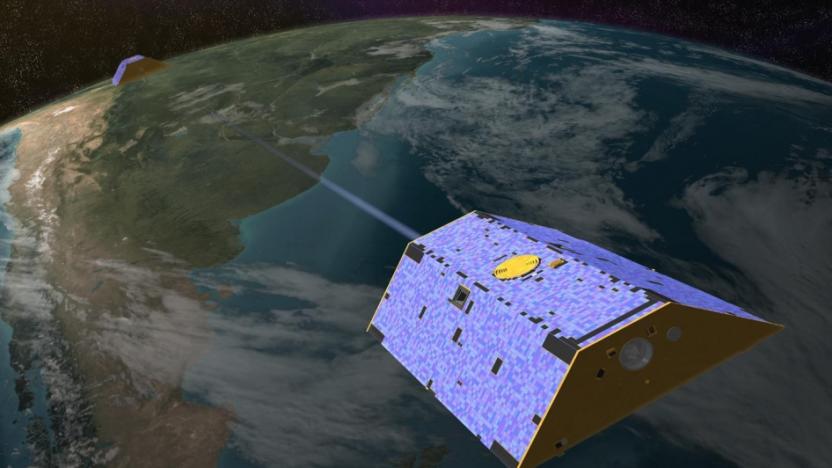
NASA and Germany are about to refresh their climate science satellites
Cassini might have gotten a very emotional send-off at the close of its 20-year journey, but it's not the only long-term space mission being retired this season. Today, the joint NASA-German Gravity Recovery and Climate Experiment (GRACE) has ended operations after 15 years, three times longer than expected. Its mission: Precisely measure Earth's gravitational field from a pair of satellites.

Getting to and living on Mars will be hell on your body
While NASA and SpaceX figure out how to get to Mars, they're also thinking about how the 200-day journey and life on the red planet will affect humans. Astronauts will be dealing with nasty things like muscle atrophy and bone loss, intra-cranial pressure, psychological issues, lack of resources and long-term radiation exposure. NASA and its partners are working on things like "torpor," a type of space hibernation, and protective Mars cave dwellings with a view. To learn more, Engadget spoke with NASA scientist Laura Kerber and Spaceworks COO John Bradford at the Hello Tomorrow symposium in Paris.
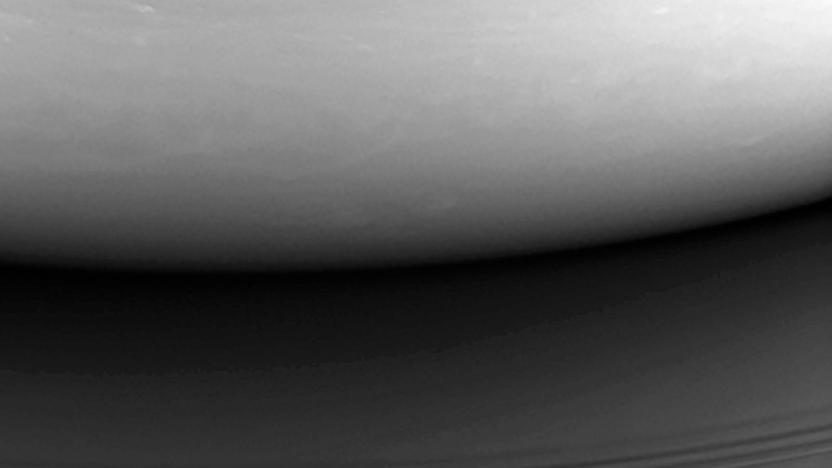
Cassini mission ends with final plunge into Saturn
At around 7:31 AM eastern time, the Cassini-Huygens spacecraft disintegrated and plunged into Saturn, becoming the only man-made object ever to touch our solar system's second largest planet. "The signal from the spacecraft is gone and within the next 45 seconds, so will be the spacecraft," said NASA JPL Cassini program manager Earl Maize. "This has been an incredible mission, an incredible spacecraft, and you're all an incredible team."
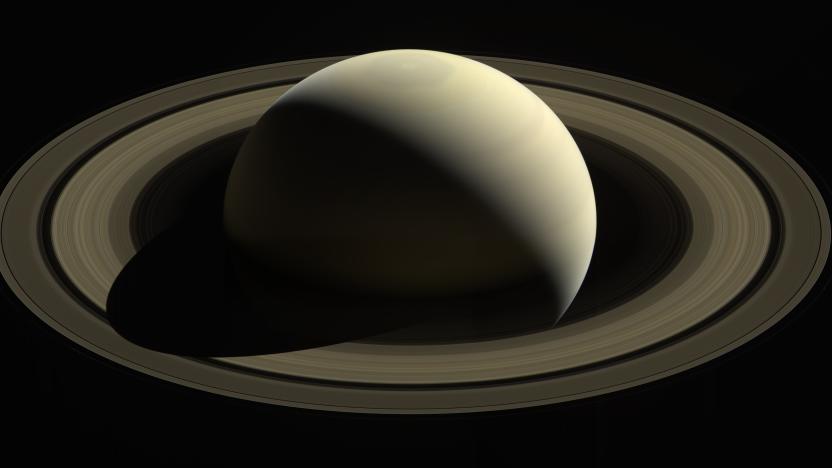
Nine of Cassini’s most exciting discoveries about Saturn
Saturn is something of a solar system unto itself (minus the requisite sun). It's surrounded by 53 confirmed moons and another 9 "moonlets," tiny worlds that are among the most exotic and diverse we've seen in this neck of the galaxy. For as much as we could see from our Earth-based telescopes, it was only by getting up close and personal with the system's second largest planet -- by sending a $3.4 billion science machine hurtling 8.88 million miles across interplanetary space -- that we were able to truly observe Saturn. And it's a good thing we did because the scientific discoveries have been near-constant in the 11 years since Cassini left home. We've seen the surface of Titan and watched its liquid methane flow, fall like rain into massive hydrocarbon seas. We saw the tiny icy moon of Enceladus reveal its 101 geysers which shoot hundreds of pounds of water ice and molecular hydrogen into space from a subsurface ocean. Think of the life we'll find in there! And above all, the Cassini mission helped us better understand the atmosphere and global mechanisms of Saturn itself. Here are nine of the most exciting scientific discoveries the Cassini mission brought about.

Follow Cassini’s final moments before it plunges into Saturn
For the last thirteen years, Cassini has been orbiting Saturn, sending back extraordinary images and data from the ringed planet and its moons. But now, it's time to say goodbye. Tomorrow, September 15th, the spacecraft will make its final fiery plunge into Saturn's atmosphere.
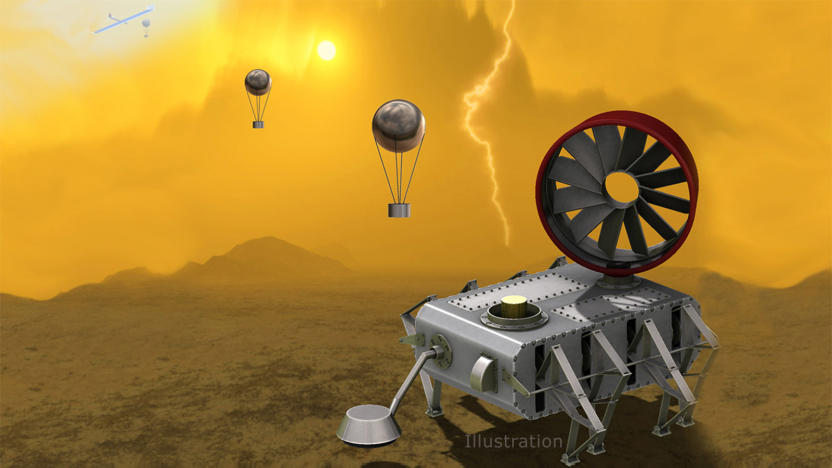
NASA goes Steampunk for its future Venus probes
NASA knows better than any of us that what seems normal today was once science fiction. So, it isn't afraid to bet some cash on some fanciful space projects via the NASA Innovative Advanced Concepts (NIAC) symposium. This year, the agency looked at projects it calls "little more than ideas," including a Venus probe inspired by famed Dutch artist Theo Jansen, the creator of wind-powered "Strandbeests."
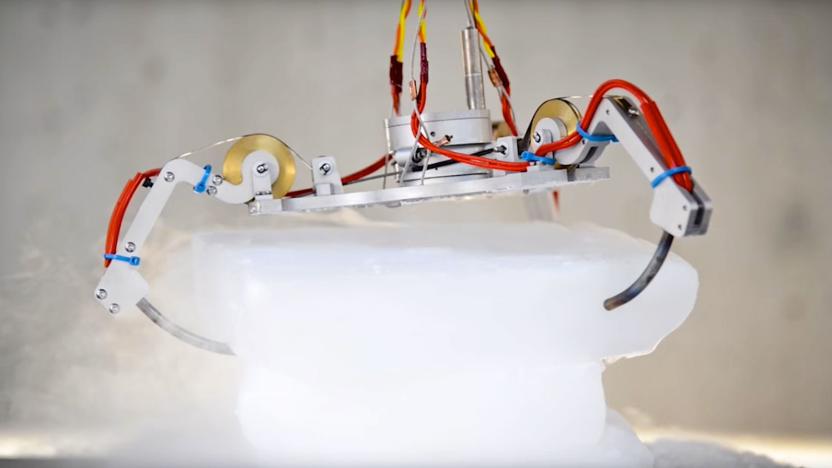
How NASA's future robots will explore frozen worlds
Delivering a rover to the surface of a distant icy world like Jupiter's moons Europa and Titan is only half the challenge. Once on the surface, the robotic explorers will have to contend with intense space radiation, plunging temperatures that drop to hundreds of degrees below zero and miles upon miles of ice before hitting the subsurface oceans that astronomers suggest may contain life. But NASA has a plan.

NASA plans to make a telescope out of the Sun
As NASA astronomers peer further and further into space, they require ever larger and more powerful telescopes to do so. That's why one team of researchers from the Jet Propulsion Lab have proposed using the biggest object in our solar system, the Sun, as a cosmic magnifying glass.
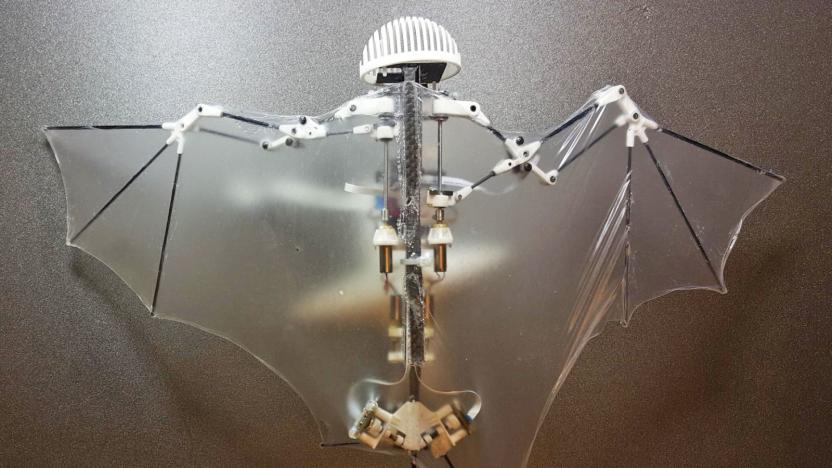
Bat Bot is an autonomous drone that mimics a bat's flight
For roboticists working in the field of biomimetics, copying a bat's complex flight patterns has been a difficult problem to solve. Or, as Caltech professor and Jet Propulsion Laboratory researcher Soon-Jo Chung put it during a press conference, "bat flight is the holy grail of aerial robotics." And according to a new research paper published by Chung and his JPL colleagues in the journal Science Robotics this week, that holy grail has officially been discovered.

Dwarf planet Ceres is 'oozing' with water
Scientists already knew via remote observations that Ceres, the dwarf planet (or humongous asteroid if you prefer), has plenty of water in it. The Dawn probe has now revealed that the asteroid is composed of as much as 30 percent water at the poles, explaining its ice volcano and weird bright spots. "It's just oozing," Planetary Science Institute's Thomas Prettyman told Nature, adding that you'd "just swipe and find the ice table" at Ceres' northern pole.

US lead on AI will shrink without more funding and education
Over a month ago, the White House released a report exploring AI's promises and challenges. Today, climate change denier and Senator Ted Cruz, head of the Senate's Space, Science and Competitiveness subcommittee, held a public hearing to follow up on the subject. He and members of the Senate's greater Commerce, Science and Transportation committee petitioned four prominent experts in the field to give a status update on artificial intelligence. Their message was clear: AI has a lot of potential to boost American production, but unless we educate far more experts, US research will be overtaken by China, India and other nations that are increasingly investing in the field.

Lithium battery failure wipes out DARPA robot at NASA
It's not just Samsung that has problems with combusting batteries, as NASA's office of Safety and Mission Assurance has just revealed. The body has announced that NASA centers have seen at least four major explosions and a number of close calls over the last decade. The latest crisis was a fire at the Jet Propulsion Lab that wiped out one of DARPA's RoboSimian droids before a test.





